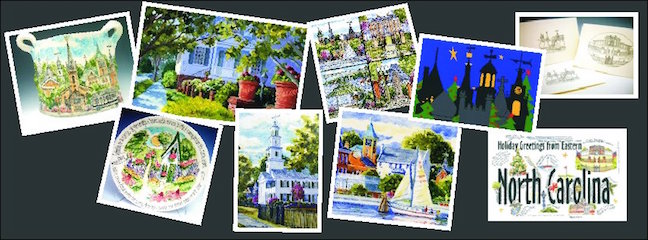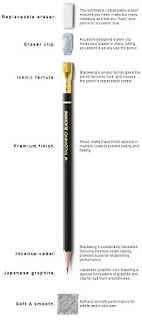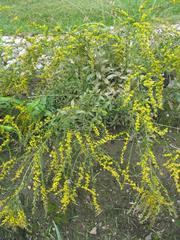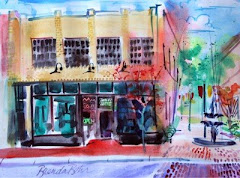My two sisters and I haven't spent much time together since we've been adults, we haven't lived close to each other in 40 years. The past few years we've gotten together a little bit more but we live about 15 hours apart. Since we've had Carolina Creations it's been difficult for us to get away as well.
Even though we don't have much time together the one thing we always do is go to nurseries when we DO get together. I seldom buy when I'm there there because they are in a different planting zone but I sure love to look and help them spend their money.
I haven't had the time to work in our yard the last few years so this summer I have made it a priority. I have had a wonderful time digging in the dirt.
Some of the things I've planted this year...
Tickseed Coreopsis Big Bang Star Cluster
Solar Cascade Goldenrod
This one I love the look of, I was a little concerned about it being a Goldenrod but so be it! It says it spreads slowly.
Blue Ice, Amsonia hybrid, again this one supposedly spreads slowly, blooms early spring but in the fall the foliage turns brilliant yellow.
Most things I plant have to have good drainage, our soil is pretty much sand, unlike where my sisters live, which is pretty much clay.
First Editions Great Star Hydrangea
This one can get huge but I have a big spot to fill. The blossom is beautiful!
Black and Blue Salvia
One flower we've sorely missed since living in the south is the lilac. The smell is amazing. We never knew there were some you could grow here. We are right on the edge of their zone but we are told Miss Kim grows here so we are trying it!
These Echinacea came up from some seeds I gathered Downtown last year. (won't tell you from where!) I was thrilled that they came up.
Also these Black eyed Susans returned from last year.
I have had the hardest time getting lavender started. The first one I put in this year died right away, the 2nd, the guys we hired to do some trimming cut it off the day after planting (we also asked them to take out one of our huge rosemary bushes, guess what, they took out the wrong one, so we had them take out both, I was ticked off but it gave me more room to plant), they planted 3 more lavender, all died, now I'm on my 4th one of the year, which Michael ran over with the trash cart, but it is still alive 2 weeks later.
Our friend Lori helped to pick the "structure" plants seven years ago that I am now planting around - these plants include a nice Palm, the confederate jasmine that covers the 1st floor of our porch, the variegated pittosporum, the gardenias and azaleas, and a couple other nice bushes I don't know the name of.
My very favorite in that group was/is the bottle brush from Australia. It was AWESOME.
The reason I say "was" is that the same people who cut down the wrong Rosemary and my newly planted lavender (I even said you know the difference between a weed and a plant right?) butchered them, I came home and the plant that was 8' x 8' x 3' high was 2 ' x 2' x 2', needless to say it did not survive the winter and needless to say those guys will never work on our yard again! We have found some new people who we think are going to be better. The young man was trimming the confederate jasmine and it was looking good, Michael said take it back further, the guy said it will be bare, but he did as instructed. I said yikes! Hopefully it will survive.
Going back to the bottle brush, it did come back but did not bloom this year. It only got about 18" across. I found another and planted that one by the front door so we'll see what happens with that one. Lesson learned, don't let them trim unless you stand there and watch.
Our Pittosporum are wonderful and huge. I trim these a lot myself by cutting branches out so there are holes for light to get in, if you don't do that the bushes become hollow. I do have the "guys" shape them when they come and I do the trimming in-between.
Thryallis
I fell in love with this plant even though it is hearty from zone 9-11 and we are in 8 - we'll see if it lives, the blooms are very lacy. Because it is next to our brick house I'm hoping that the heat from the house will make it think it's a little further south.
Blazing Stars Liatris - I planted a dozen of these bulbs, they came up within days.
Knock Out Roses
We have these in the corner of our driveway and once they are established they are virtually maintenance free. However I have just read that there is some kind of virus going around that can kill them quickly, I'll have to keep an eye on ours.
There are a few more new plants this year but they will have to wait for another post.
Of course you never know if the plants are going to make it but if they do our yard will look beautiful in a few years, then I'll be painting MY garden instead of everyone else's.
 We have just received work from glass artist David Lindsay.
We have just received work from glass artist David Lindsay.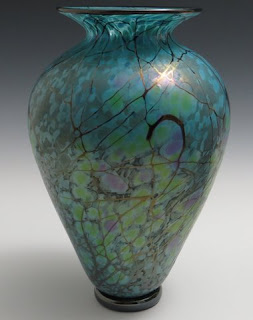
 I also create parts
such as murrini (complex layered glass rods) made in an Italian style to
become inclusions in my work. I often incorporate dichroic glass, 23K
gold leaf, silver nitrate, tin chloride and other materials into my work
in order to produce certain effects. Continually striving for
excellence, I journey through the creative process for self
fulfillment.
I also create parts
such as murrini (complex layered glass rods) made in an Italian style to
become inclusions in my work. I often incorporate dichroic glass, 23K
gold leaf, silver nitrate, tin chloride and other materials into my work
in order to produce certain effects. Continually striving for
excellence, I journey through the creative process for self
fulfillment.